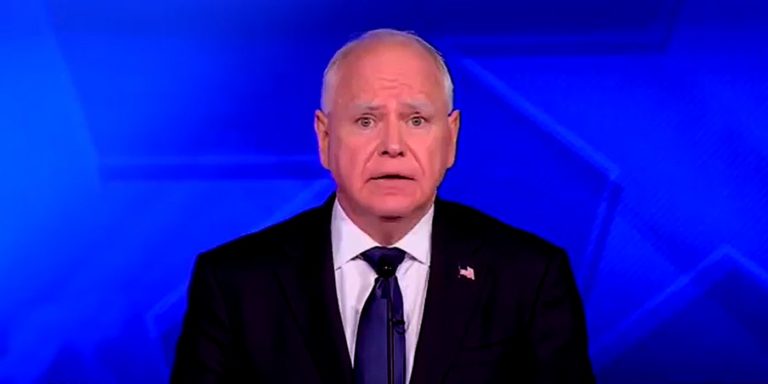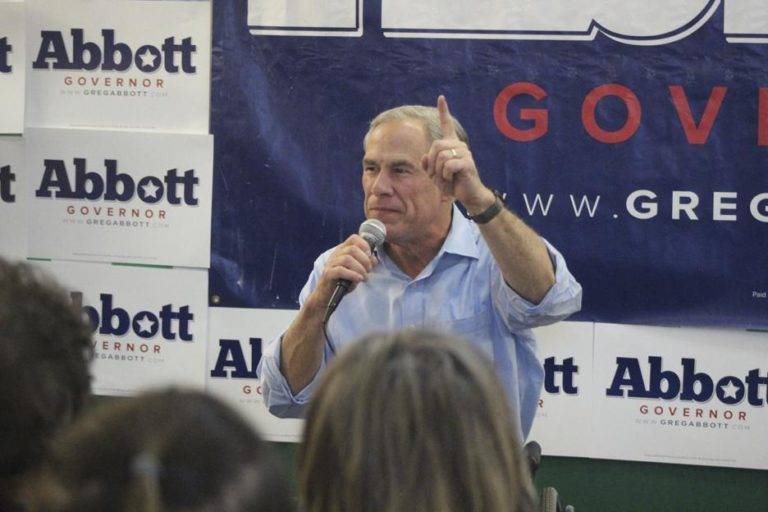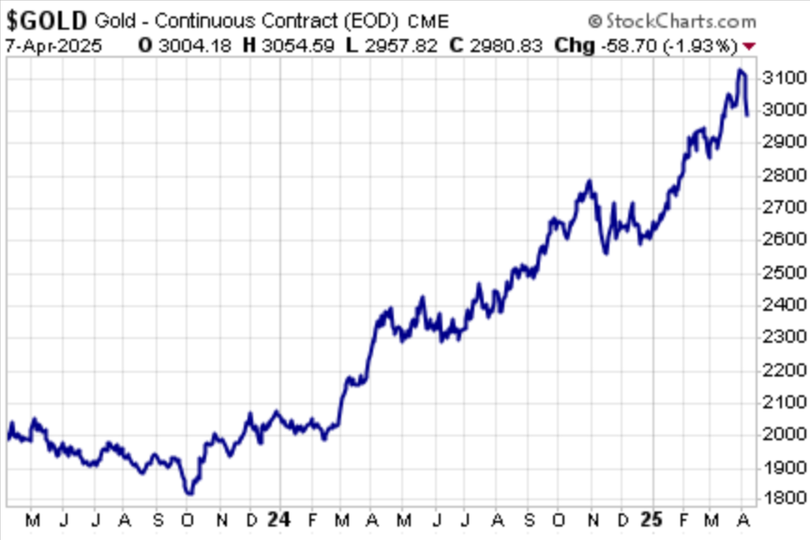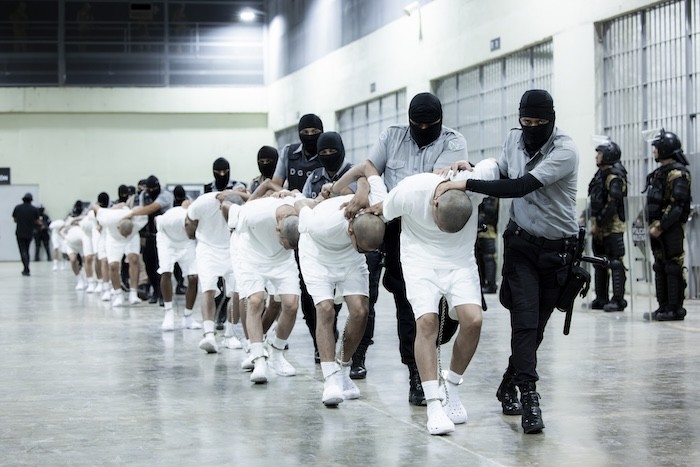(Mike Maharrey, Money Metals News Service) If you wonder why so many central banks continue to load up on gold, Russia’s experience with the yellow metal provides the answer.
Russia launched a gold buying spree beginning in 2014. Over the next six years, the Bank of Russia increased its reserves by around 40 million ounces (1,244 tonnes).
During this period, the price of gold ranged from $1,100 to $1,500 an ounce.
Fast forward to today. The price of gold has climbed to $3,000 an ounce, and Russian gold reserves have surged by around $96 billion, a 72 percent increase.
Meanwhile, Russia was cut off from the Western financial system, and many of its assets, including some of its foreign currency reserves, were frozen in response to its invasion of Ukraine. According to Bloomberg, blocked funds amount to around $322 billion.
All of that gold has served as a lifeline for the Russian economy.
To put things into perspective, if the Russians never recover any of their frozen assets, the increase in value of its gold reserves would cover about 1/3 of the loss.
And as Bloomberg put it, if an end to the war includes the unfreezing of those assets, “The Kremlin would sit on a financial cushion the likes of which it has never had before.”
When the war began, Russia held about half of its reserves in dollar, euro, and pound sterling assets. The other half was in yuan and gold, which remain accessible.
The Russians also made a shrewd move prior to the invasion of Ukraine, transferring their National Welfare Fund holdings into yuan (60 percent) and gold (40 percent). A RAND Corporation study notes, “This was an indication that Russia was preparing for increased Western economic pressure. During the war, Russia has been using these funds to support the budget.”
Bloomberg Economics analyst Alex Isakov noted that “Accumulating a gold pile was a hedge against geopolitical shocks — it worked.”
“The Bank of Russia’s approach to gold purchases addressed three different goals: (i) diversifying international reserve assets away from the risks of reserve currency issuing countries, (ii) boosting domestic local currency liquidity by exchanging physical gold for rubles, and (iii) providing a source of stable demand for local gold miners. The increase in the value of gold holdings proves the diversification and hedging value of gold reserves.
“Currently, the Russians appear content to sit on their gold cushion. According to Renaissance Capital Head of Research Oleg Kuzmin, the Bank of Russia has enough liquidity in yuan to deal with any potential shocks. Unless there is a major crisis, the Russians are unlikely to sell, given the “limited options to reallocate funds amid sanctions.”
That doesn’t mean Russia hasn’t put its gold to work.
According to the RAND study, “Gold has become a strategic resource for the Russian state.”
“Gold has a bearing on Russia’s revenue generation capacity and its monetary policy; it is central to Russia’s international campaign for de-dollarization; and it plays an important part in Russia’s wartime trade relations, notably as a means of payment.
“The Russian state is evidently encouraging barter and exchange-in-kind, and otherwise resorting to gold to secure hard currency and foreign goods, but the scale, terms, and participants in these activities is unknown.”
According to the Kyiv Independent, Russia is exchanging gold for other currencies, including dollars and euros. The country has also used gold directly for purchases.
“There is little doubt that Russia is already using gold to pay for goods it cannot procure conventionally, or for transactions it wishes to obscure. An open-source investigation by Sayari, for example, revealed that unsanctioned banks were trading gold for cash in Turkey. Russia has also partly paid Iranian drone manufacturer Sahara Thunder in gold for 6,000 Shahed drones and related equipment.”
Despite their best efforts, the West has found it difficult to stop Russia from using its gold due to its fungible nature (easy to exchange) and the global demand for the precious metal.
Gold is money and it is recognized as such everywhere. Even if they don’t want dollars or some other fiat currencies, everybody wants gold.
This is not to justify Russia’s wartime actions. It merely underscores the nature of gold as money and its important role in the global economy. When fiat currencies are cut off or fail, gold will always remain a viable alternative.
This is precisely why so many countries are accumulating gold at a rapid pace.
Official central bank gold demand topped 1,000 tonnes for the third straight year in 2024. To put that into perspective, central bank gold reserves increased by an average of just 473 tonnes annually between 2010 and 2021.
The pace of central bank gold buying picked up after the aggressive Western sanctioning of Russia. Other countries have noted the weaponization of the dollar and have taken steps to decrease their dependence on the greenback.
According to a report by the Atlantic Council, “In recent years, and especially since Russia’s invasion of Ukraine and the Group of Seven (G7)’s subsequent escalation in the use of financial sanctions, some countries have been signaling their intention to diversify away from dollars.”
Meanwhile, the share of dollars in foreign reserves has sagged.
Other countries have recognized the power of gold and the risk of holding dollars.
It’s a lesson individuals should take note of as well.
Mike Maharrey is a journalist and market analyst for Money Metals with over a decade of experience in precious metals. He holds a BS in accounting from the University of Kentucky and a BA in journalism from the University of South Florida.











